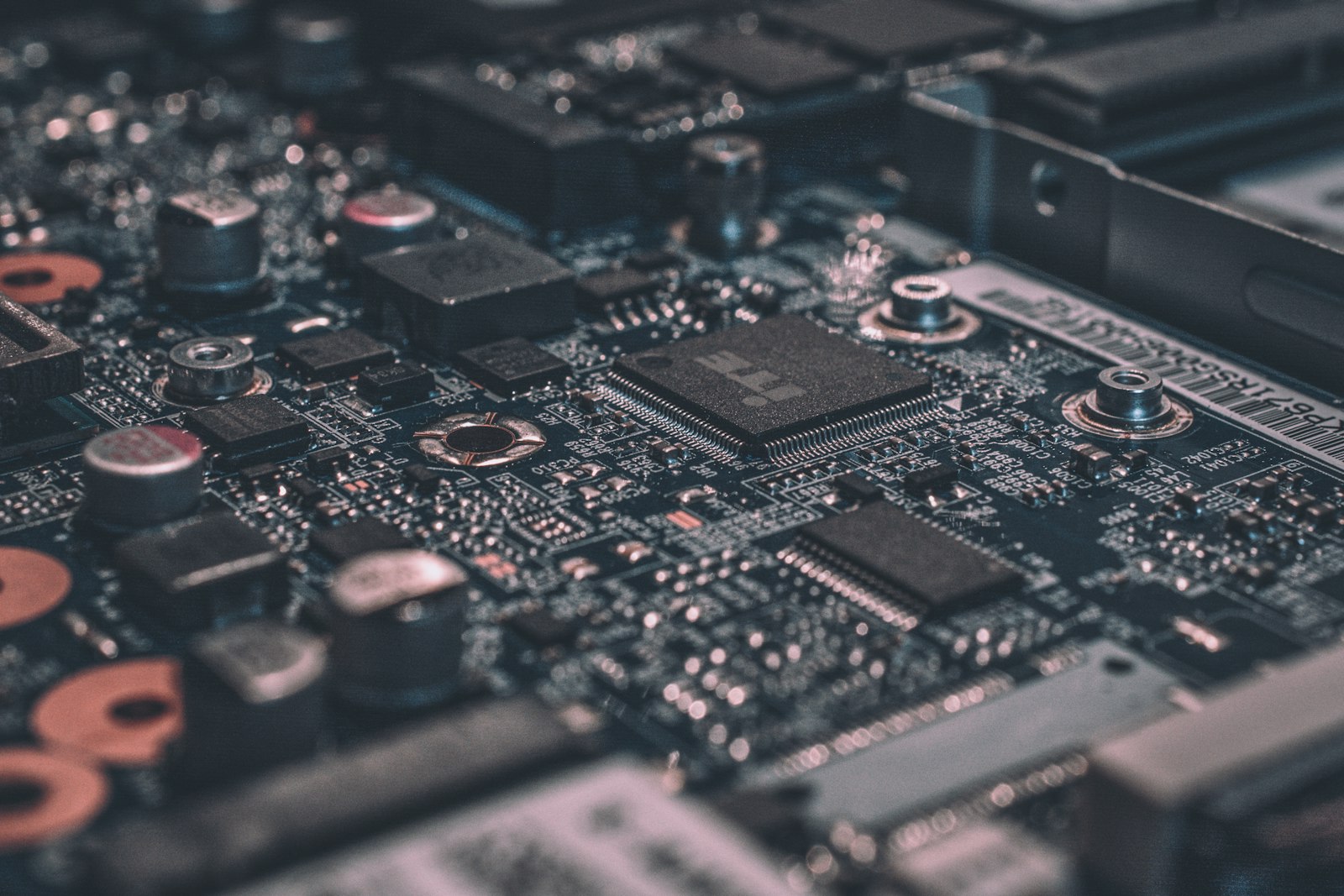Artificial Intelligence (AI): A Complete Overview
Understand AI—what it is, how it works, where it’s used, and what’s next. Includes visuals, videos, tables, and curated links.

What is artificial intelligence?
Artificial Intelligence (AI) refers to computer systems that perform tasks requiring human-like intelligence, such as learning from data, understanding language, recognizing patterns, and making decisions.
Core capabilities
- Learning: Algorithms improve performance by analyzing examples and feedback over time.
- Language understanding: Systems interpret, generate, and translate human language.
- Perception: Computer vision and speech recognition extract meaning from images and audio.
- Decision-making: Models predict outcomes and recommend actions under uncertainty.
AI is an umbrella term including Machine Learning (ML), Deep Learning (DL), and Generative AI.
Types of AI
| Type | Description | Examples |
|---|---|---|
| Narrow AI (ANI) | Specialized systems optimized for a single task. | Virtual assistants, spam filters, translation apps |
| General AI (AGI) | Human-level broad intelligence across tasks (theoretical). | Not yet achieved |
| Super AI (ASI) | Intelligence surpassing human capabilities (speculative). | Future possibility |
| Generative AI | Models that create text, images, audio, and code. | Chat-based assistants, image generators |
Applications of AI
Industry use cases
- Healthcare: Medical imaging analysis, drug discovery, clinical decision support.
- Finance: Fraud detection, risk scoring, algorithmic trading, customer support.
- Education: Personalized learning paths, grading assistance, language tutors.
- Transportation: Driver assistance, route optimization, predictive maintenance.
- Entertainment: Recommendation engines, content generation, adaptive gaming.
Benefits and risks
| Benefits | Risks |
|---|---|
| Automates repetitive tasks; scales productivity | Job displacement and skills shifts |
| Improves decision-making with data-driven insights | Bias and unfair outcomes if data are skewed |
| Enables new products and services | Privacy concerns and data security challenges |
| Enhances personalization and accessibility | Ethical dilemmas and over-reliance on automation |
Videos to learn AI
Curated beginner-friendly videos explaining AI, ML, DL, and Generative AI:
Visual resources and diagrams
Use these to enrich your understanding and presentations:

Getting started with AI
- Learn fundamentals: Linear algebra, probability, Python, and data preprocessing.
- Explore ML libraries: scikit-learn for classical ML; PyTorch or TensorFlow for deep learning.
- Practice projects: Build a classifier, sentiment analyzer, or image recognizer with public datasets.
- Understand ethics: Fairness, privacy, transparency, and responsible deployment.
- Iterate and share: Document results, publish insights, and learn from feedback.
Useful links
Curated references for learning and staying up to date:
Future of AI
The next decade will bring more capable generative models, embodied AI in robotics, and stronger governance frameworks. Progress depends on responsible development that balances innovation with ethics, privacy, and human-centric design.

